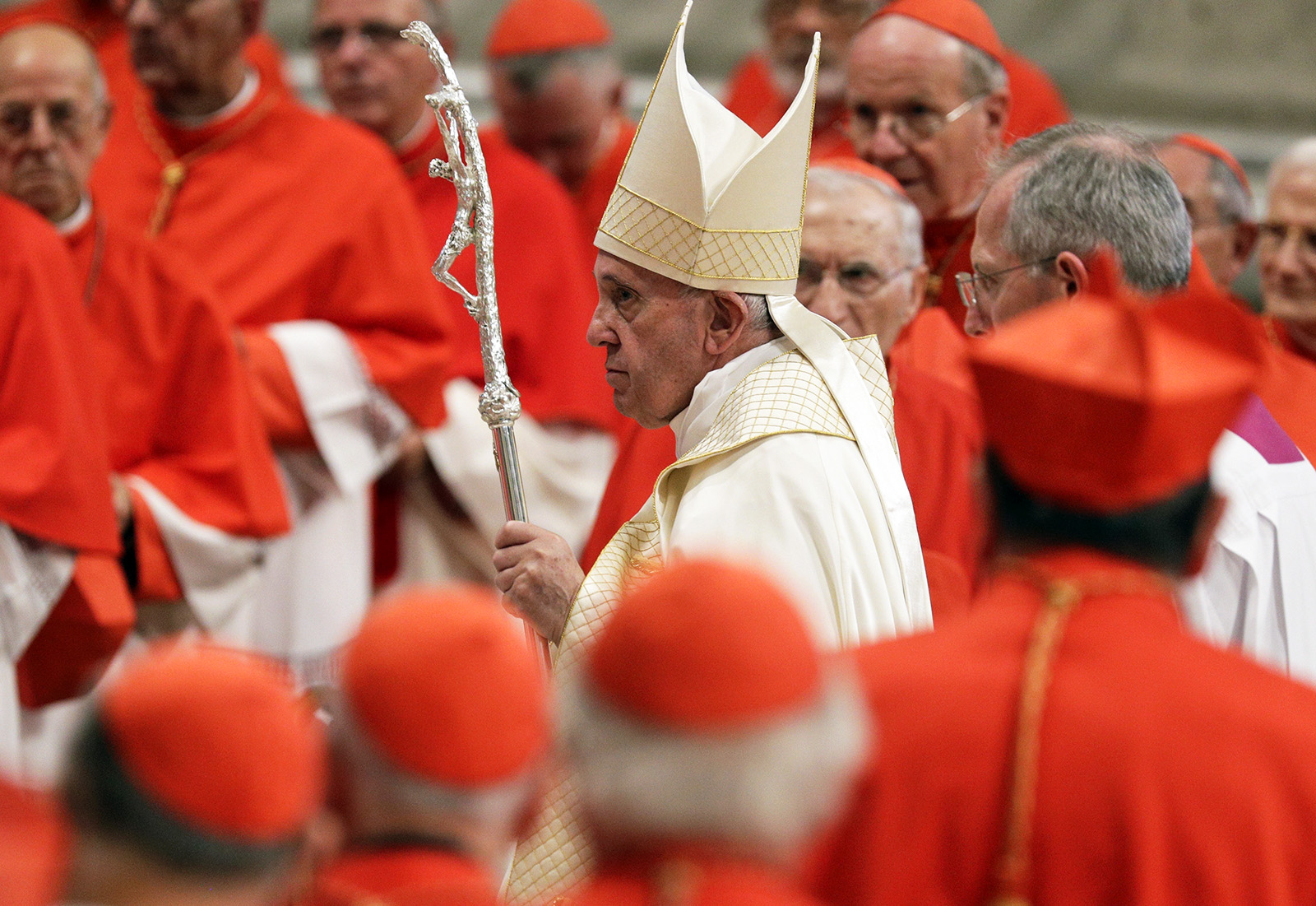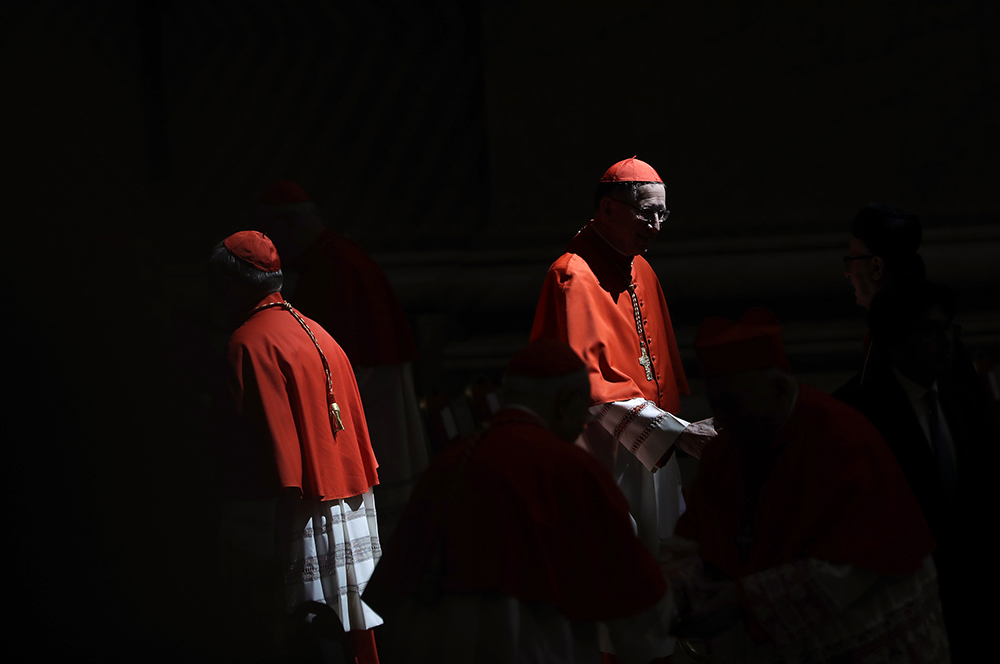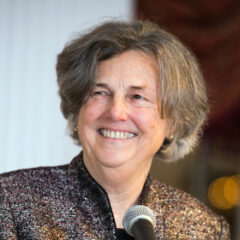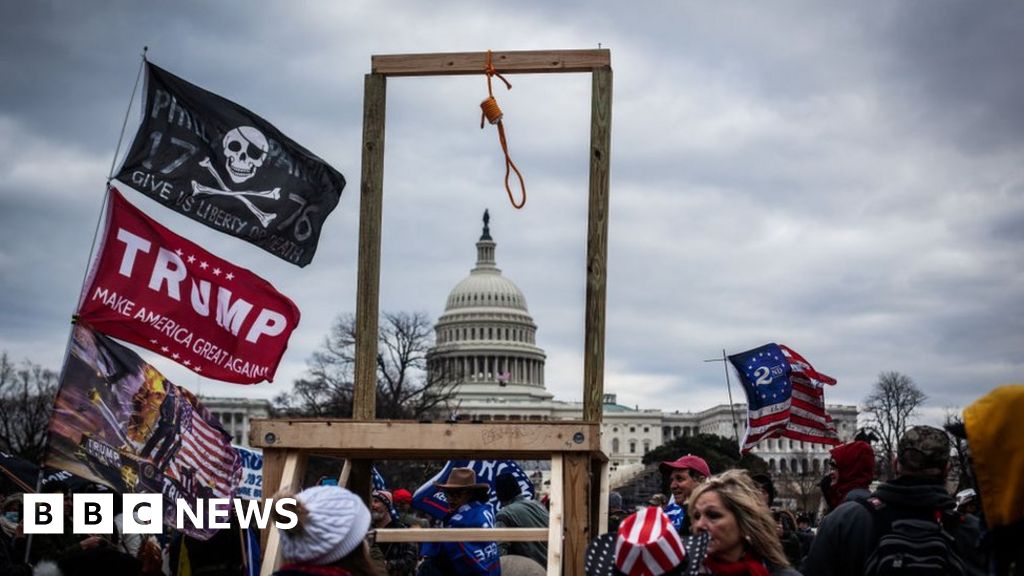Are lay cardinals subsequent?

(RNS) — Pope Francis is reorganizing the Vatican Curia — the church’s directors and his senior employees — and should identify new cardinals in June.
Francis’ new apostolic structure, “Praedicate Evangelium” (“Preach the Gospel”), issued final month, famous that the heads of dicasteries and different places of work that handle the church needn’t be ordained. This highlighted Francis’ said purpose to present “extra space” to girls within the church.
Many of the necessary dicasteries are as a matter of truth headed by cardinals. But when any Catholic can head a curial workplace, the query turns into, does the title include the job? Extra importantly, is the title wanted to do the job?
If the principle responsibility of a cardinal is to be an adviser to the pope, and there’s no ordination required, it might make sense to restart the custom of lay cardinals and to incorporate girls within the combine.
RELATED: Pope Francis reforms the Vatican Curia. Here’s hoping he’s not done.
For the reason that 16th century, cardinals have come largely from the ranks of clergymen and bishops, however this has not at all times been the case.
Teodolfo Mertel. Picture courtesy of Wikipedia/Artistic Commons
Some Spanish and Italian royals have been created cardinals within the medieval church. Extra just lately, Pope Pius IX named the curial lawyer Teodolfo Mertel a cardinal, two months earlier than ordaining him deacon in 1858.
Mertel was not precisely a lay cardinal — he acquired clerical tonsure, a ceremony simply wanting ordination, in his late 30s — however he remained a cardinal deacon for the remainder of his life.
As auditor of the papal treasury, he oversaw a superb a part of the Vatican’s cash.
There’s even historic proof of feminine deacons doing a lot the identical. A sixth-century inscription remembers the Deacon Anna, who, along with her brother, seems to have served because the treasurer of Rome.
Below the 1917 Code of Canon Regulation, nevertheless, anybody named cardinal was required to be at the very least a priest. The 1983 model of the code dictates that along with being chosen from amongst males who’re at the very least clergymen, new cardinals are to simply accept ordination as bishops. Appointing a lay man or girl would require a change to, or at the very least a dispensation from, the regulation.
But within the late Nineteen Sixties, Pope Paul VI thought of making the French thinker Jacques Maritain a lay cardinal, an thought Maritain himself rejected. There’s a rumor that Mom Teresa turned down Pope John Paul II when he requested her to develop into a cardinal.
So lay and feminine cardinals will not be past the realm of chance. The query is, would it not make any distinction?
It might actually be attention-grabbing. Lay or deacon cardinals can be admitted to the Faculty of Cardinals, which since 1179 has elected the following pope. It’s extremely unlikely a lay or feminine cardinal can be elected the bishop of Rome.

Cardinals take their locations previous to a consistory in St. Peter’s Basilica on the Vatican, on June 28, 2018. (AP Photograph/Alessandra Tarantino)
However Francis has already named a layman, former journalist Paolo Ruffini, to move what’s to be renamed the Dicastery for Communication, and the pope’s emphasis on the church’s mission of evangelization alerts that his selection of personnel — male or feminine, married or single, ordained or not — relies upon solely on a capability and willingness to do the job inside that context.
ARCHIVE: New cardinals: The men are the message
The message of “Praedicate Evangelium” is that changing into a cardinal is secondary and relative solely to how gaining the title would or wouldn’t advance the duty at hand. That features increasing administration and ministry to laypeople. That additionally contains telling the world that girl are equally proficient and succesful human beings.

Phyllis Zagano. Courtesy picture
So, has the time has come for feminine cardinals?
Perhaps so, perhaps no. However it’s a new church.
(Phyllis Zagano is a senior analysis affiliate and adjunct professor of faith at Hofstra College and was a member of the 2016-2018 Pontifical Fee for the Research of Ladies within the Diaconate. She is the writer, most just lately, of “Ladies: Icons of Christ” and “Ladies Non secular, Ladies Deacons: Questions and Solutions.” The views expressed on this commentary don’t essentially mirror these of Faith Information Service.)



